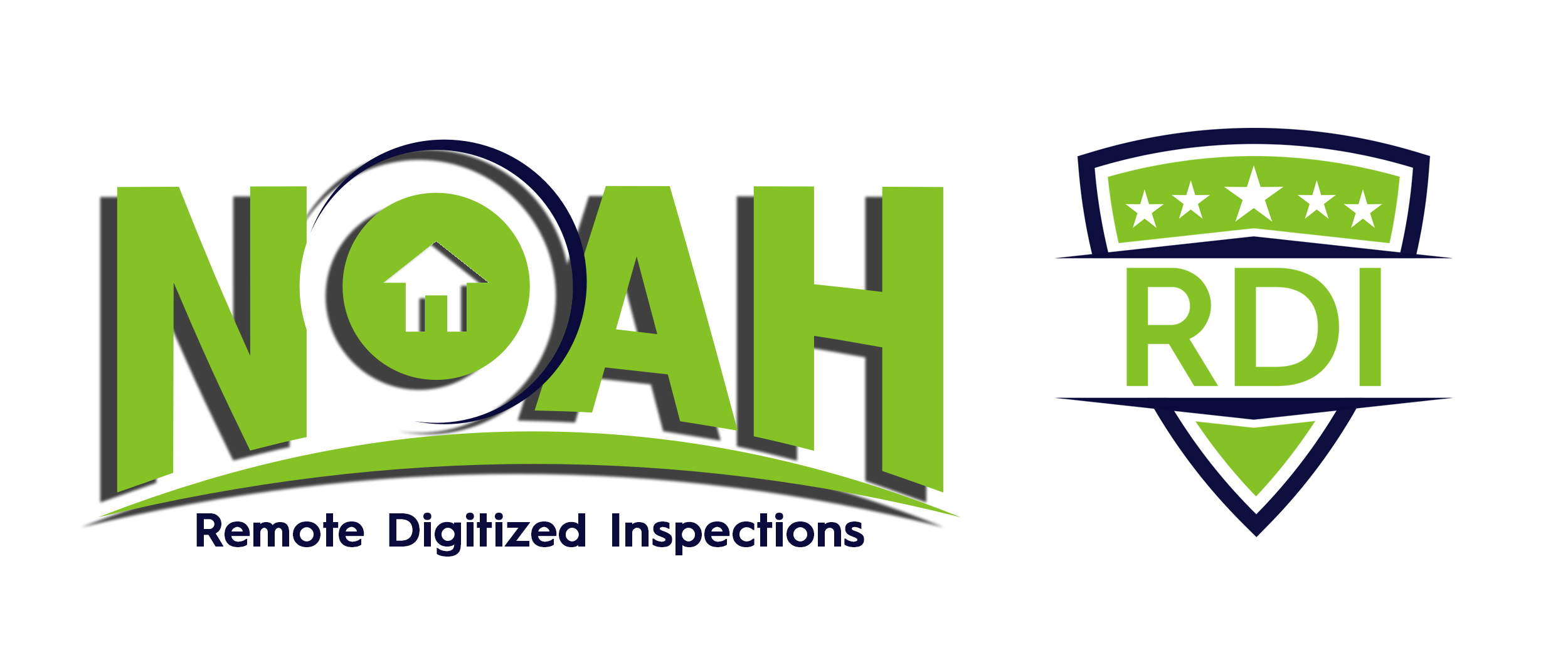25 Apr Got Cash? Business Series – Part 1 – Cash Flow Problems
Cash Flow. Mention these 2 words to any small business owner and they will start to frown or shrug. In 2019, these 2 little words were the #1 reason small businesses failed. Couple Covid with cash flow issues and you have even bigger problems. Today I will share a few common cash flow problems and how to solve them. There’s no denying that it’s important, so plans for your cash flow shouldn’t be an afterthought.
Cash flow problems happen when a business does not have enough liquid cash to cover its liabilities. When cash outflows exceed cash inflows, businesses may struggle to pay debts and other expenses.
It’s important to avoid and fix cash flow problems when you start your business;
Starting off on the wrong foot can be difficult to recover from. But even if you’ve been in business for a while, it’s important to also keep an eye on your cash flow position regularly to avoid any problems that may come up.

Lacking Cash Reserves
In a 2020 Federal Reserve Banks survey, 86% of small businesses said, pre-COVID, that they couldn’t survive a 2-month revenue gap without supplemental cash flow. Among them, 17% said they’d have to close their businesses. Unfortunately, revenue gaps may be more common until the world is fully recovered. If you do come across extra cash, consider prioritizing an emergency fund.
Should revenue drop, most businesses should have enough cash to cover up to six months of expenses to avoid a cash flow crunch. However, performing a cash flow forecast Preparing a cash flow forecast: Simple steps for vital insight (pwc.com) is the best way to understand the amount of cash you should reserve. This can be more useful than a standard budget in the day-to-day running of your business because it will help you get a handle of your cash position at any point in time.

Expecting Profitability Too Quickly
When you open the doors to your business, you probably hope that customers will be lined up waiting to purchase from you. But that may not be the case for your business.
A Kabbage survey found that 84% of small business owners reach profitability within the first four years of their business. And 68% reached profitability within the first year. It can take time to build a profitable business and nearly one-third of businesses won’t hit that milestone in the first year.
If you’re not prepared for this, that can create cash flow issues early on in your business. Setting a realistic time frame to profitability and having enough cash to hold you over until then can help you avoid worrying about your cash flow.

Collecting Receivables Too Slowly
You may be a successful salesperson, but if your customers are slow to pay you, that can put you in a tough spot. Collecting receivables too slowly can stifle growth and not give you the money you need to continue to move your business forward. Plus, cash flow problems from slow receivables collection can make it difficult to pay your bills on time. Putting a receivables process in place, and only extending credit to customers who have a history of making prompt and on-time payments can help position you well to avoid cash flow problems from receivables. And, stay on those past due accounts!
Growing Too Quickly
You might not have ever thought that growing too quickly might cause problems, but it can. For example, let’s say you land a large client contract that is beyond your company’s current capabilities. In order to fulfill this request, you need an extra four members of staff to deliver the project on time.
When it comes to payday, however, you don’t have the cash to cover their wages, as you haven’t received your first payment from the new client. This puts you in a bad cash flow position.
To fix this kind of problem, you could access a line of credit from the bank, such as an overdraft or short-term loan. In many cases, this is a viable option because banks are more willing to lend to a business if they can see a draft service contract or letter of intent. Once the client pays you, you can pay down your debt. This means that you only have to pay interest to the bank for the amount of time you actually need the cash.
Low Profit Margins
Too many companies only focus on top of line growth. Savvy business owners know that often the easiest path to grow their profits is to focus on their margins.
A low profit margin indicates that either your costs are too high, your price is too low or both. Without a strong and sustainable profit margin, you’re always going to battle cash flow issues. Reviewing your profit margin and tracking it over time can give you insight into your pricing and cost details so you can see whether something needs to change to help improve your business cash flow.

Cash flow problems are almost like death and taxes. You’re never going to escape them. But it is possible to manage cash flow. And you can definitely tame it to a point where it doesn’t threaten your business.
Here’s a good story for closing…
I read a story recently about a Seattle restaurant that offered a $135 fine-dining menu to a full room every night. Before coronavirus. Amid the coronavirus, they were forced to close the dining room. To adapt, they delivered family-sized meals, supported community gardens, and offered wine boxes and cocktail kits. Thanks to their swift response, they kept the cash flowing. And their business, although different, stood a fighting chance. If you’re experiencing cash flow problems, your business might slow down. But that doesn’t mean it’s come to a halt.
Also, the Small Business Resource Library by SCORE is a GREAT place to read all types of business articles, blogs and view past webinars.
Browse the Small Business Resource Library | SCORE

Sorry, the comment form is closed at this time.